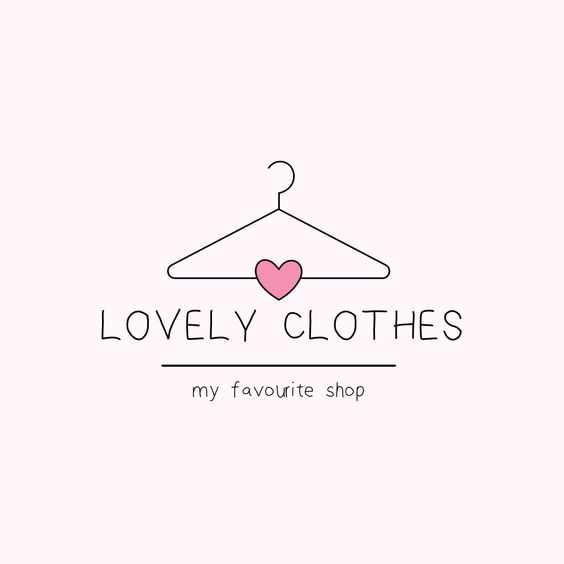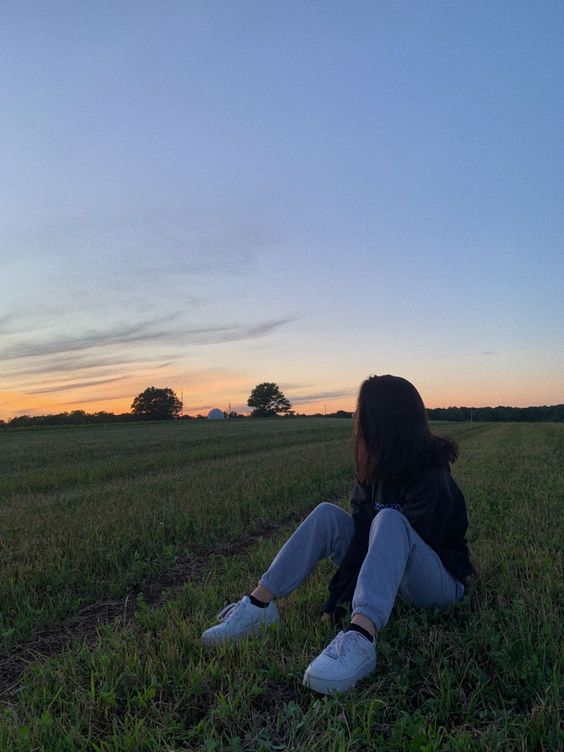Everything Beginner Knitters Need to Know About Knitting Needles
Learning how to crochet and knit is a wonderful thing, not only because you'll be able to create your own clothes and accessories, but also because it's one of those projects that will calm and ease your mind. But, beginners often make mistakes when it comes to crochet needles. In this case, size matters a lot. The wrong size can change the entire project.
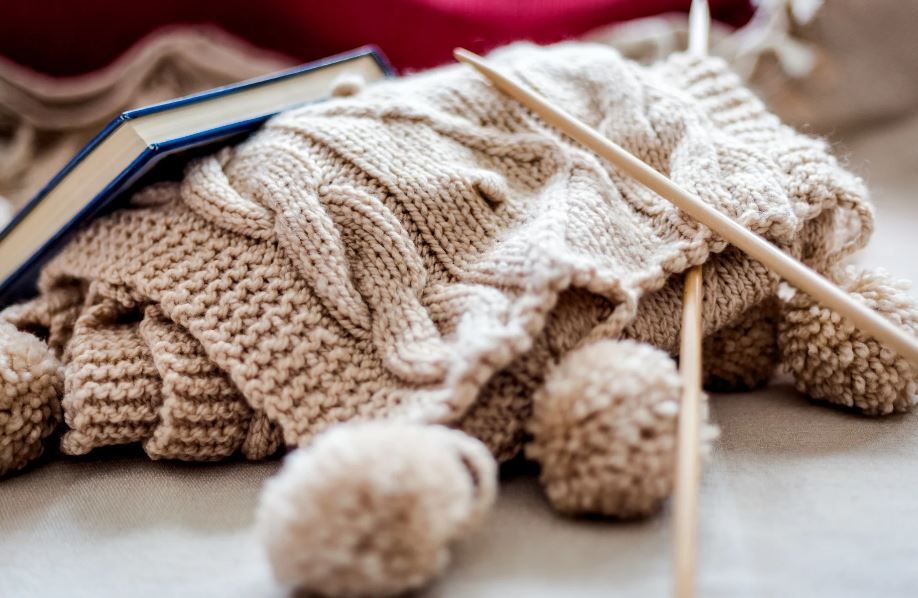
Learning the features of your knitting needles will spare you from many headaches, and help you complete excellent projects. Some models and sizes are better for beginners. As your skills improve and you gain experience you can switch to the more 'complex' ones. Here are the basic things you need to know when buying knitting needles.
Materials
In the past knitting and crocheting needles were made from bone, but today you can find various materials starting from steel, aluminium, wood, bamboo and plastic. Each of them has its own benefits. Aluminium needles are light, practical and strong, and their smooth surface lets you manipulate them easily during the process.
Steel hooks are the strongest and are ideal for making fine hooks and detailed work like crochet lace. Plastic is a budget-friendly option and is quite practical. It comes in various colours, it's light and warm to use and you can get them to teach children. Combination needles are also a thing. You can also find crochet hooks made of several materials. There are models made of steel and plastic (usually ergonomic rubber handles).
Types of Crochet Needles
The standard crochet hook is excellent for all case scenarios, but there are various specialised hooks that are most suitable for different projects. For example, wooden and bamboo hooks are ideal for smooth yarns, but mohair might go better with a plastic hook (there will be less chance of snagging). If you suffer from arthritis or sore hands, you can invest in ergonomic hooks to make crocheting more comfortable

Features of Crochet Hooks
Point
This is the part at the very end of the crochet needle, often known as the head. It can be smooth or rounded or more pointed and well-defined for knitting with non-elastic yarns or closely-packed stitches.
Throat
The throat of the crochet needle is either tapered and shallow, or sharp and steep. The steeply angled throat is known as "in line" and is more suitable for beginners because it will keep the stitch sizes consistent. The tapered style on a crochet hook is not very easy to control so it's better if you get to this throat type as you get some experience.
Shaft
The shaft is the part of the crochet needle that is measured in millimetres; it gives the hook size and also dictates the size of the stitch. Some needles have longer shafts (useful for stitches that demand multiple wraps), or where several stitches need to be worked at once.
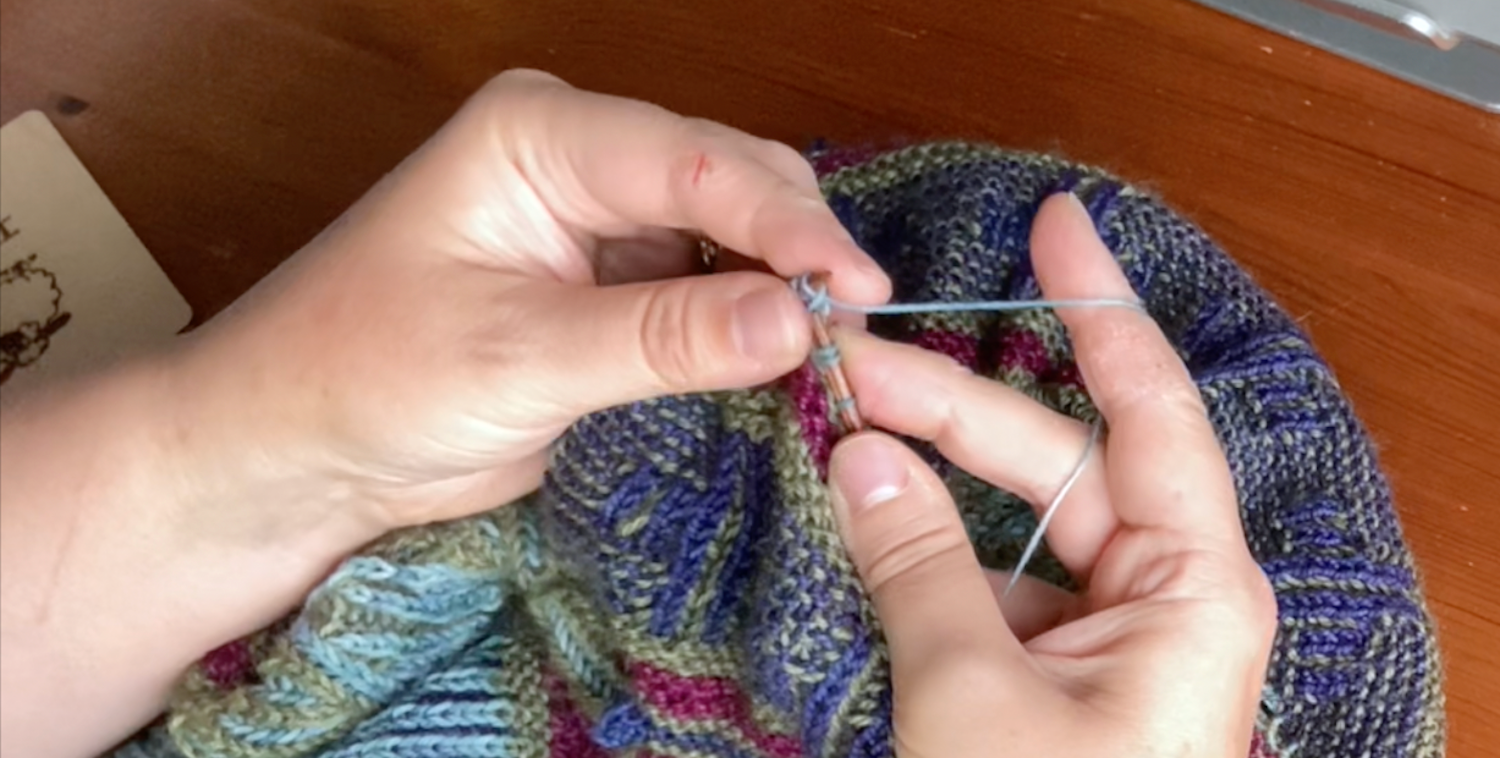
Thumb Rest and Handle
This part is flattened and wider, allowing you to hold and work with the needle. It's the place where the size of the hook is printed. Many crochet needles have a modified handle part made of grippy material like rubber or plastic, and it's ergonomically designed to be easy to hold.
How to Choose Your Crochet Needles?
They come in a wide variety of shapes, sizes and materials, so for a beginner things might be challenging.
Which Size to Use
The size depends mainly on the yarn weight you're using. The hook size is printed on the ball band or the flattened part of the needle. It is described in letters, numbers and millimetres. The average hook size is 5mm (E). If you aren't sure about the size, you can always ask the seller for help. Thinner needles aren't quite the best option if you're knitting a sweater from a heavier yarn for example.
What's Best for Beginners
The standard crochet needles are best to start with. You can get more specialized hooks once you get some experience and get used to the process of crocheting. You can also use larger crochet hooks and needles, but it depends on the gauge and tension you want.
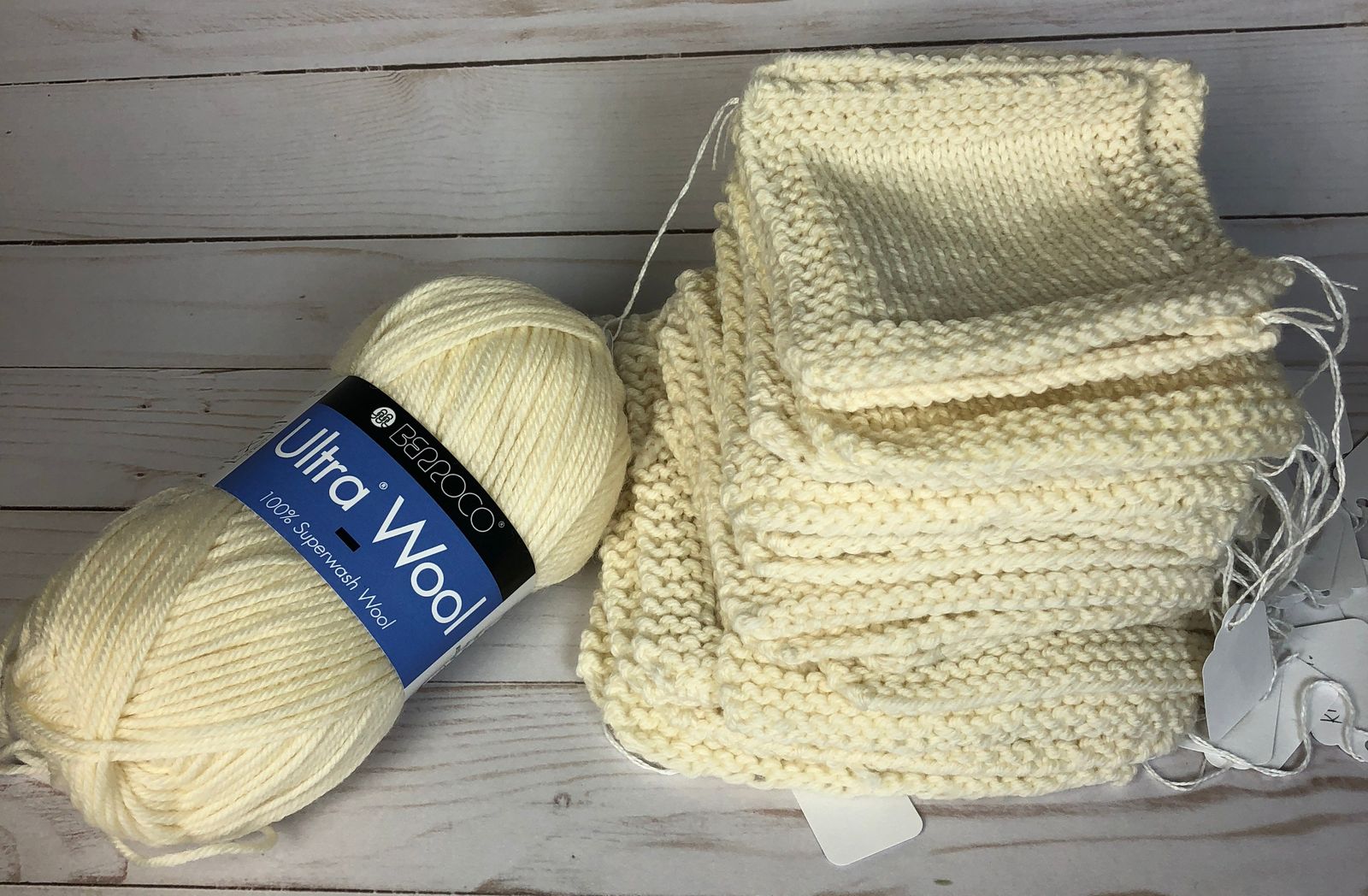
Crochet Hook Size Tips
It's best if you don't switch hooks once you start your project. Use the same needle throughout the entire project, because different sizing can change the look of the final scheme. Een if you use a different hook marked with the same size, the outcome of the final project can change.Be careful about different needle sizes when using a kit, since you might run out of yarn and remain with a half-completed project.
Types of Crochet Needles
The standard crochet hook is excellent for all case scenarios, but there are various specialised hooks that are most suitable for different projects. For example, wooden and bamboo hooks are ideal for smooth yarns, but mohair might go better with a plastic hook (there will be less chance of snagging). If you suffer from arthritis or sore hands, you can invest in ergonomic hooks to make crocheting more comfortable.
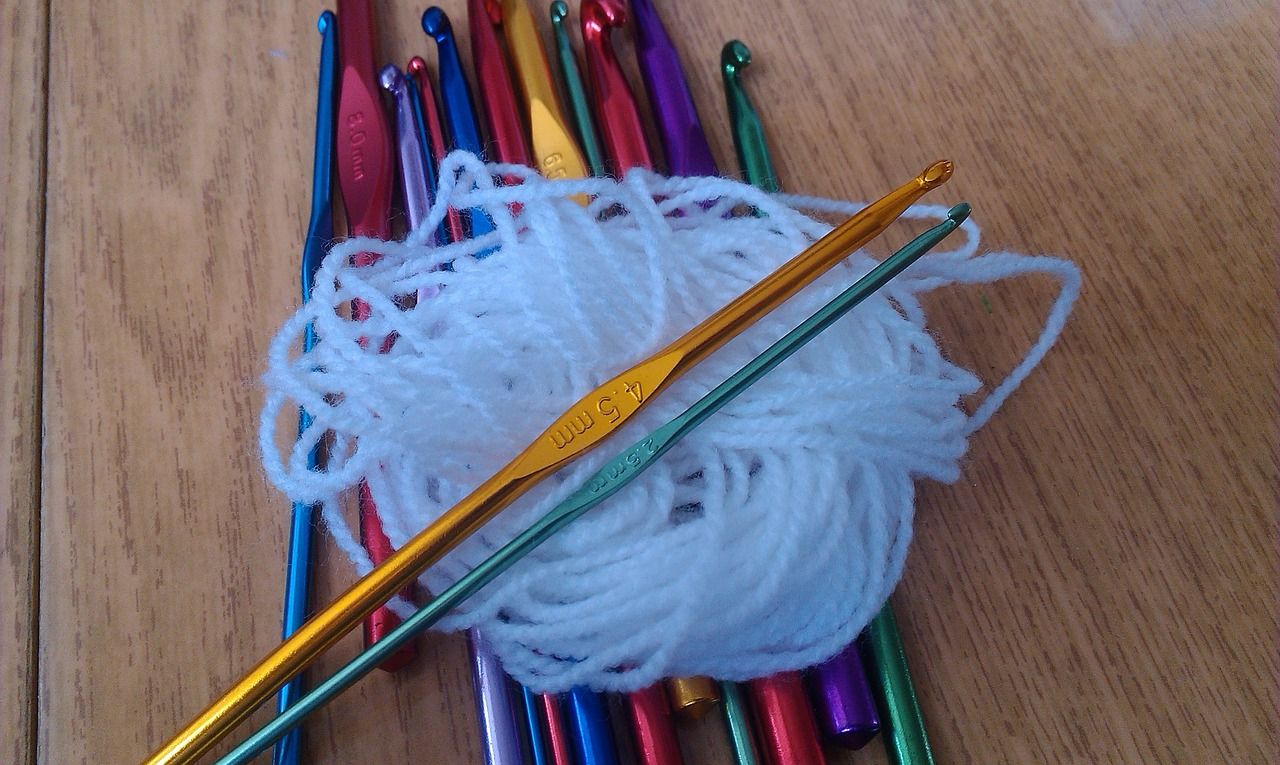
How to Hold the Handles
When learning how to crochet or knit, you should learn how to hold the needles. There are needles and hooks made for various ways you choose to hold them. For instance, knife grip handles and pencil grip handles are made to suit everyone. You can also find excellent ergonomic hooks perfect if you have pain in your joints. Also, you will feel very comfortable with these needles, as you keep your hands in a healthy position (you don't necessarily have to have arthritis).

